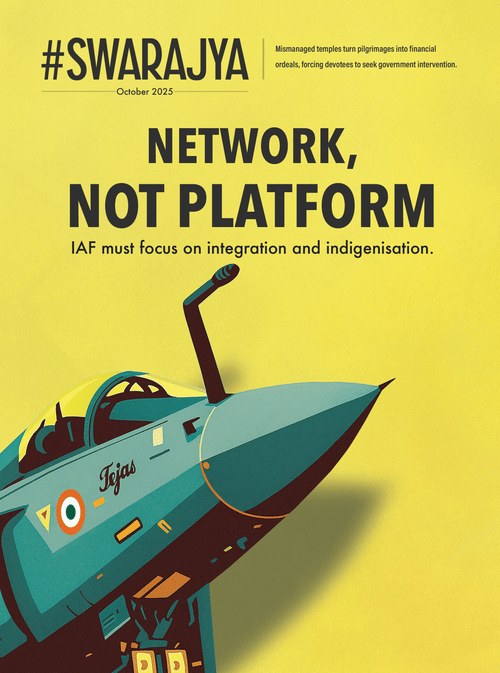News Brief
India Plans Rs 30,000 Crore Railway Lines In Northeast To Bolster Connectivity Along China Border
Nishtha Anushree
Sep 12, 2025, 04:14 PM | Updated 04:14 PM IST
Save & read from anywhere!
Bookmark stories for easy access on any device or the Swarajya app.


India is moving ahead with a major railway expansion in its northeast to strengthen connectivity, speed up logistics, and ensure military preparedness, in case ties with China deteriorate again.
According to officials aware of the plan, nearly 500 kilometers of new railway lines — including bridges and tunnels — will be constructed to link remote areas along the borders with China, Bangladesh, Myanmar, and Bhutan.
The project, estimated at Rs 30,000 crore ($3.4 billion), is expected to be finished within four years, Economic Times reported. The effort reflects New Delhi’s long-term security calculations.
Despite a recent thaw in relations with Beijing, India is pursuing infrastructure upgrades to hedge against recurring cycles of cooperation and confrontation. Five years after a violent border clash, both sides are showing willingness to engage, but the government continues to prepare for worst-case scenarios.
The new rail corridors will supplement a decade of intensive road-building. India has already laid nearly 10,000 kilometers of highways at a cost of over Rs 1 trillion, with another 5,000 kilometers currently under construction.
The improved logistics backbone is designed not just for defence purposes, but also to speed civilian access and emergency response during natural disasters.
In parallel, India has revived a number of Advanced Landing Grounds — dormant since the 1962 war — for use by helicopters and transport aircraft in the northeast.
Officials also confirmed that studies are underway to explore further railway expansion in Ladakh, where the existing network currently reaches Baramulla in the Kashmir Valley.
Prime Minister Narendra Modi has made border infrastructure a national priority. His government has already commissioned 1,450 kilometers of new roads along the Pakistan border, bolstered connectivity near Doklam — a sensitive plateau claimed by both China and Bhutan — and inaugurated the world’s highest railway bridge linking the Kashmir Valley with the rest of India.
Over the past decade, more than 1,700 kilometers of rail lines have been added in the northeast alone. These projects aim to cut troop mobilisation time and add logistical depth to India’s defense posture.
On the other side of the border, China has been rapidly expanding dual-use assets, including airports and heliports, since the 2017 Doklam standoff, strengthening the People’s Liberation Army’s ability to move troops and equipment swiftly.
Nishtha Anushree is Senior Sub-editor at Swarajya. She tweets at @nishthaanushree.





